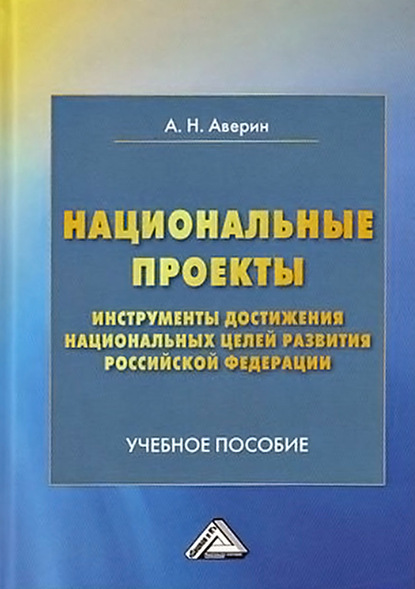Enhancing the effectiveness of regional economic policy in the field of support and development
О книге
Monograph consists of an introduction, three chapters, conclusion and appendices, as well as a list of references. The first chapter substantiates theoretical approaches to the essence, conditions and factors of ensuring sustainable development of small business in modern socio-economic conditions. The factors influencing the development of small business, methodological approaches and indicators for assessing the effectiveness of economic policy for the sustainable development of small business are considered. The second chapter analyzes the international experience of the economic policy of small business development, on the basis of the economic analysis, the trends and problems of ensuring sustainable development of small business in the Baltic countries and in the Moscow agglomeration are identified. Using the tools of mathematical modeling, an assessment of the effectiveness of state policy in the field of small business development in the Moscow agglomeration was made. The third chapter defines the directions of increasing the efficiency of regional economic policy of small business development. An economic and mathematical model of factors for the development of small business in the regions and a toolkit for assessing the influence of factors on the sustainable development of entrepreneurship have been developed. In order to improve the efficiency and effectiveness of the work of the executive and legislative powers and authorities in the field of support and development of small and medium-sized businesses in the region, on the basis of the principles of the OECD competition impact assessment methodology, recommendations have been developed to improve the tools for assessing the best municipal practices of the Russian Federation in terms of their impact on enterprise competition of the small and medium-sized business. The main text of the research consists of 150 pages and is illustrated with 18 figures and 10 tables. The work contains 15 appendices. The list of bibliographical sources includes 248 items.
Отзывы
0Чтобы оставить отзыв или проголосовать, необходимо авторизоваться





 0
0 










